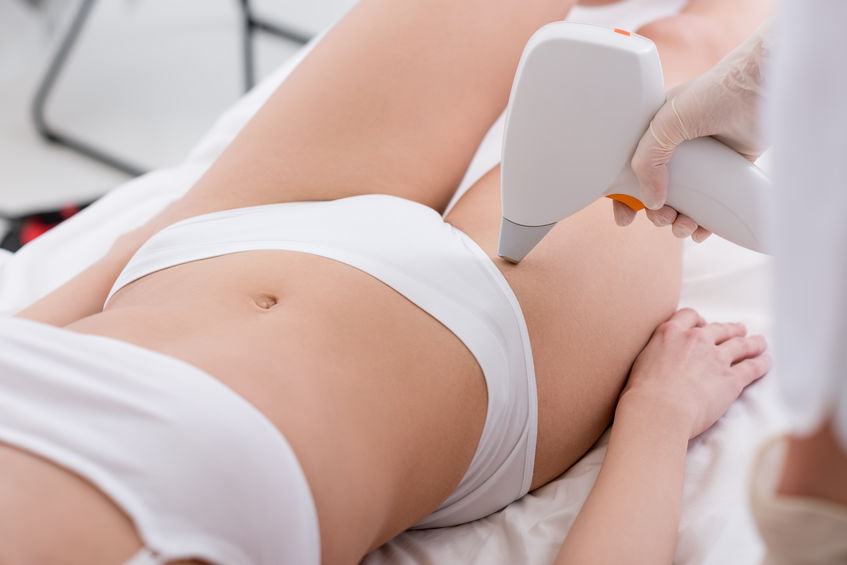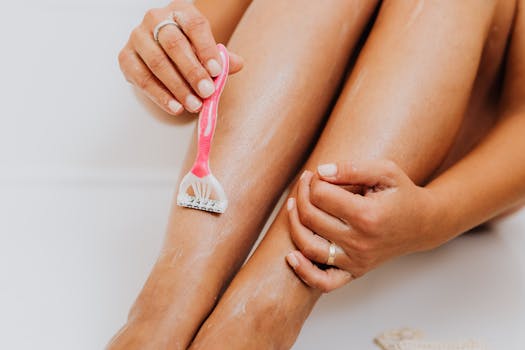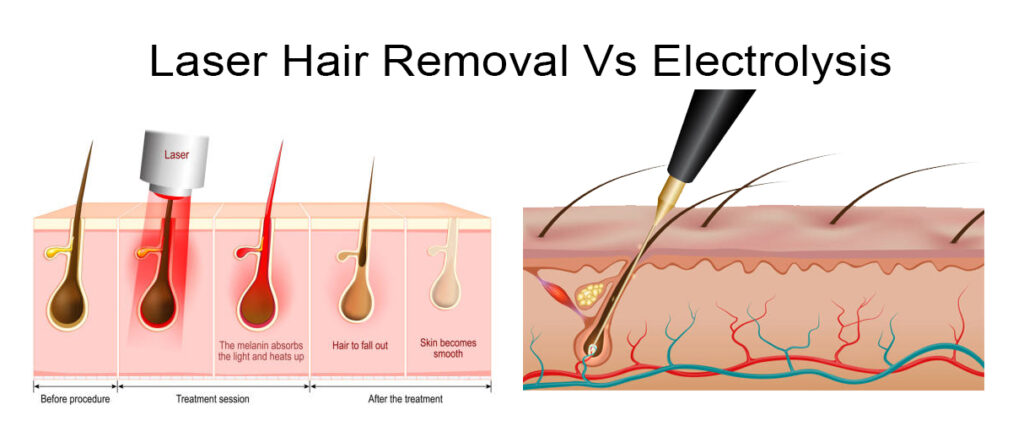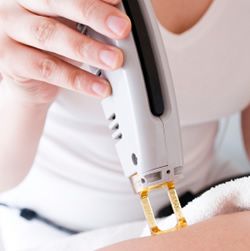Brazilian vs Bikini Laser Hair Removal – Whats the Difference?
Brazilian vs Bikini Laser Hair Removal – Whats the Difference? If you’re considering laser hair removal for long-lasting smooth skin, you’ve likely come across the terms Brazilian and bikini laser hair removal. While both treatments target unwanted hair in the pubic area, they differ in how much hair is removed and the final look you’ll achieve. With laser hair removal, you never have to worry about razor burn, ingrown hairs, or stubble hair growing back from yesterday’s shave. Bikini Laser Hair Removal When you wear a bikini, you’d want no hair poking out from the sides of your thigh. Bikini laser hair removal removes the hair outside your bikini line 3 inches beyond. The goal is to be hair-free when you wear a bikini, but your labia and pubic region still grow hair as usual. Brazilian Laser Hair Removal Brazilian laser hair removal eliminates all the hair in your pubic region. You may decide to leave a few hairs there and customize it as you’d like. Brazilian treatments typically span from the happy trail to the back end of the labia (for men, this would be from the happy trail to the perineum). A few notes about laser hair removal Firstly, laser hair removal uses laser technology to destroy the roots of the hair by sending light pulses to heat each hair follicle. The light damages the hair follicle so that hair can’t grow anymore while leaving the skin around the hair alone. Because the bikini zone is a hormonal area, it may take more sessions to fully remove your hair than, say, arms or legs. Secondly, note that no two people are the same, and no two hairs grow exactly the same. Your hair grows at different rates, so you may need several laser treatments to remove all the hairs altogether. Some people may need more treatments than others. Thirdly, to get the full effect of the treatment, you will need multiple sessions. These multiple sessions help the laser treat the hair from the anagen phase. The anagen phase is the active phase of the hair when it grows up the follicle. Is the procedure painful? The pain has been described as rubber-band snapping against the skin, and this minimal discomfort only occurs during the procedure, but it does pay you tenfold by saving you the need to wax or shave for a very long time. Some patients experience some sensitivity for the hours following treatment. At Laser Affair, we provide numbing cream, with a doctor’s prescription, to limit pain during treatment. Aloe is applied afterwards for a cooling effect. Which is right for me? Most patients need 6-10 Bikini/Brazilian laser hair removal treatments to achieve the full results they’re looking for. Bikini laser hair removal is a great choice for: Those Who Want a Neat Appearance Without Complete Removal: Perfect for individuals who want to keep some hair but ensure it’s not visible when wearing a bikini or swimwear. Models and Influencers: Ideal for those tired of heavy photo editing to hide unwanted hair, allowing for smoother, quicker post-production. People Considering Full Removal: Great for those who know they want to remove unwanted hair but aren’t ready to commit to full Brazilian removal, offering a gradual approach to hair reduction. Brazilian laser hair removal is a great choice for: Individuals Seeking Complete Hair Removal: Perfect for those who prefer their entire pubic area to be hair-free, offering a clean and smooth appearance. Those Tired of Regular Maintenance: Ideal for individuals fed up with the frequent need to shave, wax, or use other hair removal methods, providing a long-term solution. Active Lifestyles: Suitable for people who engage in sports, swimming, or other activities where a hair-free pubic area is desired for comfort and hygiene. Book Your Laser Hair Removal Session Today Brazilian and bikini laser hair removal, are quick procedures that take less than an hour to achieve your desired look. To book an appointment for laser hair removal in Tampa, contact Laser Affair via (813) 944-2445, or at the Address 15243 Amberly Dr. #10 Tampa, FL 33647.








